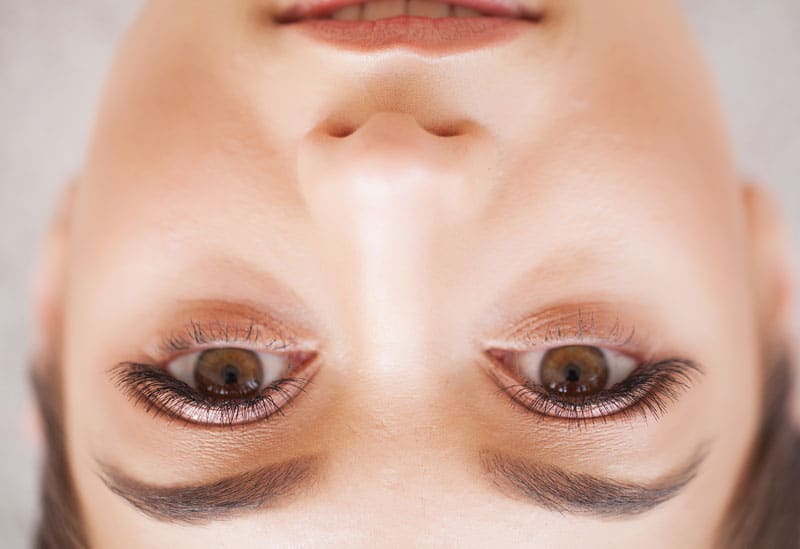
When we think about eye health, many focus on vision correction — glasses, contacts, or refractive surgery. But there’s more to healthy eyes than clear sight. Ocular surface diseases are a group of conditions that affect the front layer of your eye — the cornea — and surrounding tissues. If not properly treated, these often-overlooked conditions can cause discomfort, irritation, and even vision loss.
At Barnet Dulaney Perkins Eye Center, we believe that education is the first step toward prevention and care. That’s why we share key facts about common ocular surface diseases, how they affect your eyes, and what you can do about them.
What Are Ocular Surface Diseases?
Ocular surface diseases are conditions that impact the cornea, conjunctiva, eyelids, and tear film — all of which work together to keep your eyes healthy, comfortable, and functioning well. These diseases range from mild irritations to serious issues that can threaten vision.
Let’s explore some of the most common ocular surface diseases:
1. Dry Eye Disease
Dry eye is one of the most common ocular surface diseases. It occurs when your eyes don’t produce enough tears or when the tears lack the right balance of oil, water, and mucus to nourish and protect the cornea.
Who is at risk?
Adults over 65 are at higher risk, as are women experiencing hormonal changes (during pregnancy or menopause). Conditions like diabetes or rheumatoid arthritis also increase risk.
Symptoms:
-
Gritty, scratchy, or burning sensation
-
Blurry vision
-
Excessive watering as the eyes try to compensate
Treatment:
IPL Therapy, RL Therapy, artificial tears, prescription eye drops, and tear duct plugs can help manage dry eye.
2. Blepharitis
Blepharitis is inflammation of the eyelid margins. It can result from clogged oil glands, skin conditions like dandruff, or even eyelash mites.
Who is at risk?
People of all ages and ethnicities can develop blepharitis.
Symptoms:
-
Red, swollen eyelids
-
Crusting at the lash line
-
Itching, irritation, or a foreign body sensation
Treatment:
Gentle eyelid scrubs, warm compresses, and sometimes prescription antibiotics help control this condition.
3. Sjogren’s Syndrome
Sjogren’s Syndrome is an autoimmune disorder that reduces moisture production in the eyes and mouth.
Who is at risk?
Most often seen in women over 40, particularly those with other autoimmune diseases.
Symptoms:
-
Dry, irritated eyes
-
Mucous discharge
-
Puffy, inflamed appearance
Treatment:
Artificial tears and moisture-retaining eyewear are common approaches.
4. Ocular Rosacea
This form of rosacea affects both the skin and the eyes, leading to inflammation of the eyelids and ocular surface.
Who is at risk?
Typically affects fair-skinned individuals over 30, with a genetic predisposition.
Symptoms:
-
Red, bloodshot eyes
-
Burning, stinging, or gritty feeling
-
Sensitivity to light
Treatment:
Eyelid hygiene and artificial tears can help; in some cases, medication is needed.
Why Awareness of Ocular Surface Diseases Matters
Although ocular surface diseases are common, many people dismiss early symptoms as minor annoyances. Left untreated, these conditions can progress, leading to permanent eye damage or vision loss.
That’s why regular eye exams are essential — they help detect these issues early and allow for timely treatment.
Take the Next Step Toward Healthier Eyes
If you’ve experienced irritation, dryness, or redness in your eyes, don’t wait. The team at Barnet Dulaney Perkins Eye Center is here to help you identify and manage ocular surface diseases before they affect your vision.
Schedule an eye exam today and let us help you protect your sight for years to come.

